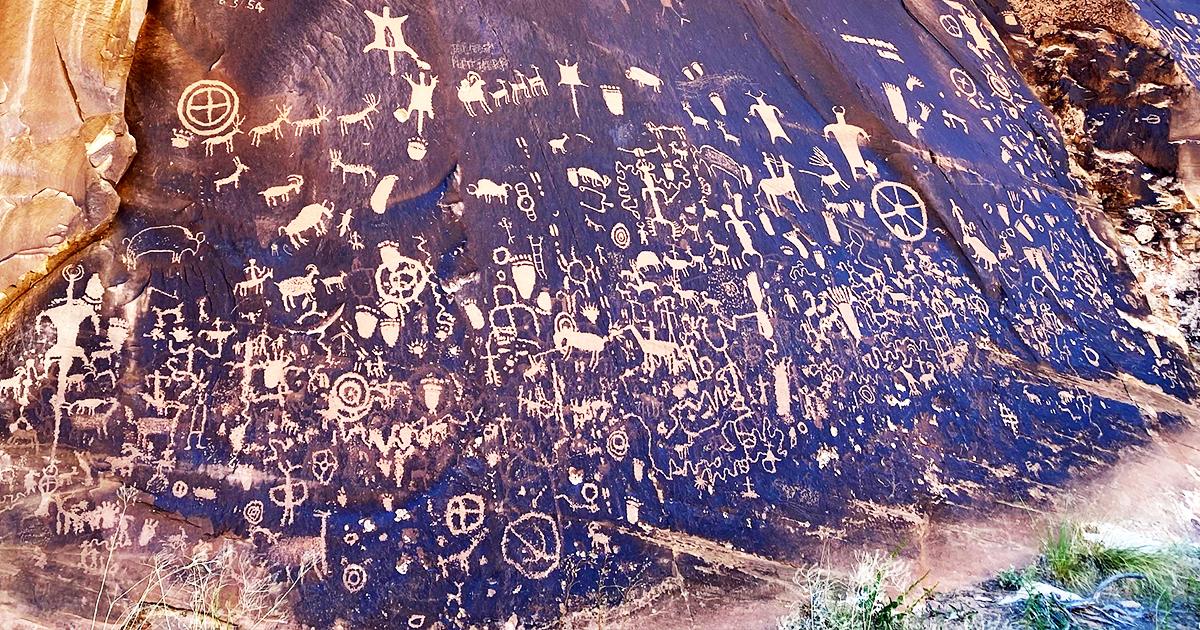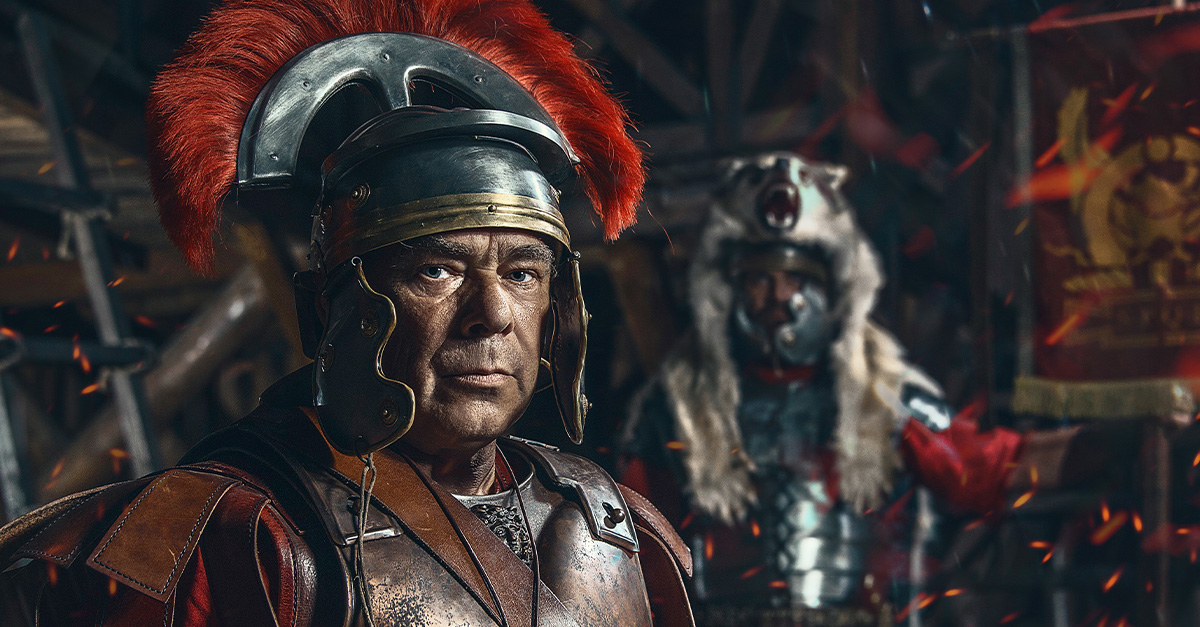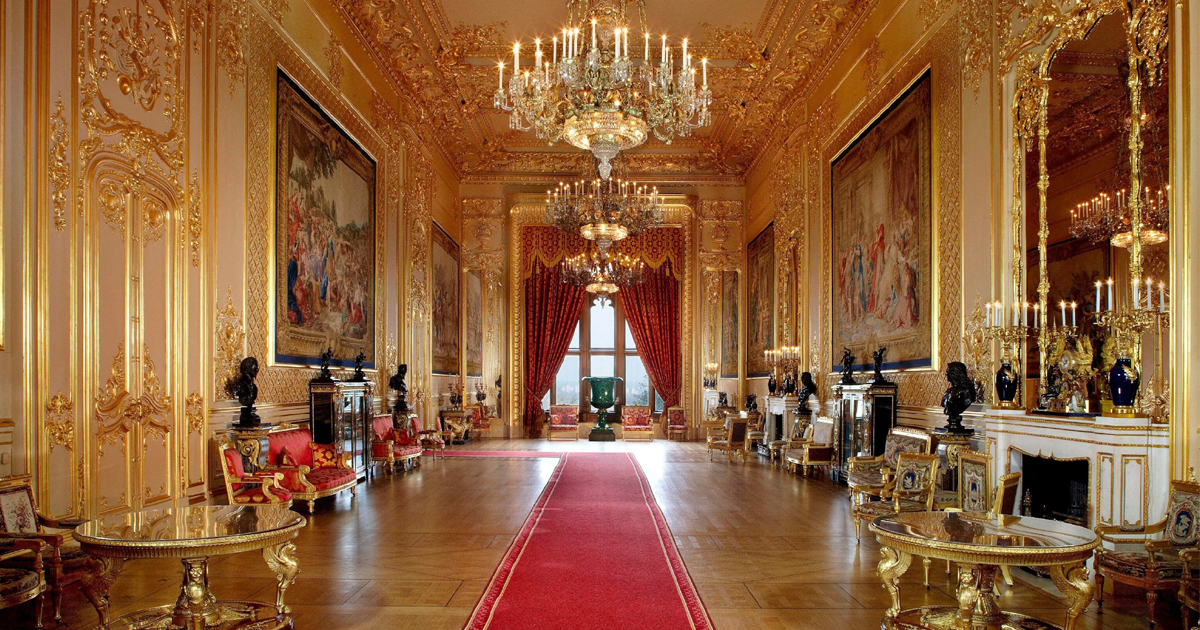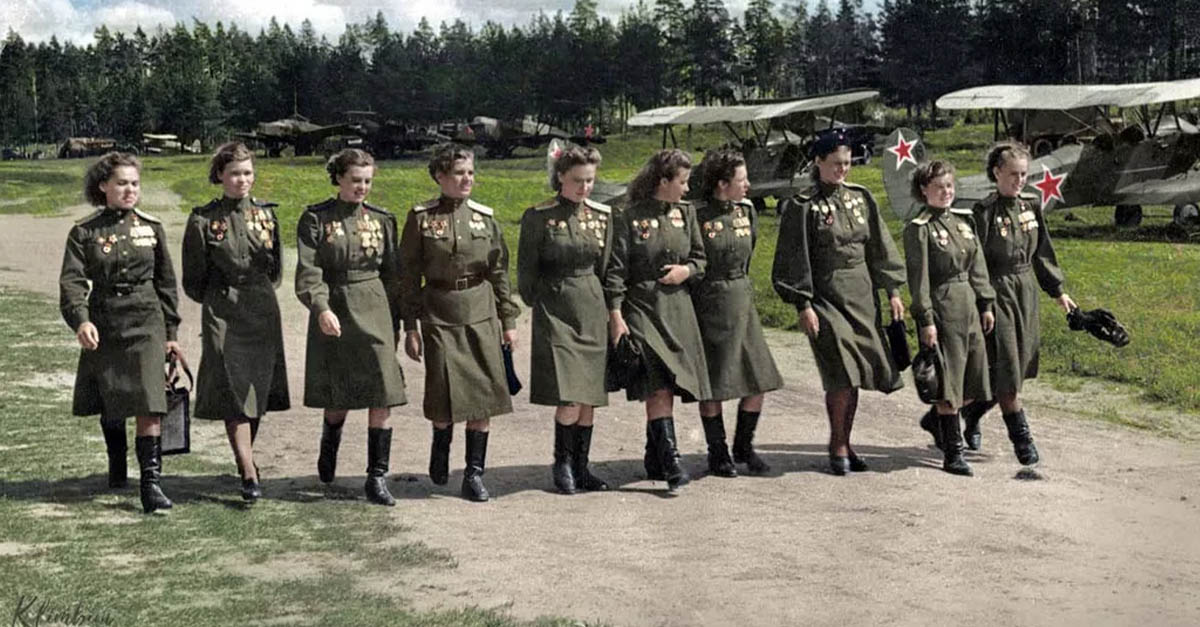The Martial Splendor Of Ancient China
Many people know about the army of life-sized terracotta statues buried with Chinese first emperor Qin Shi Huang in the city of Xi’an. Discovered in 1974 and holding more than 8,000 clay soldiers and hundreds of horses, it is a marvel of ancient China and a UNESCO World Heritage Site. But did you know there is another Chinese terracotta army?
The Original Terracotta Army
While leveling the land for development in 1965, villagers in the outskirts of the central Chinese city of Xianyang unearthed ten brick burial pits. The pits contained nearly 3,000 figurines of soldiers, 583 soldiers on horseback and almost a thousand models of shields. It was the first discovery of terracotta soldiers in China, marking a new and exciting phase in Chinese archaeology. This is the Yiangjiawan terracotta army
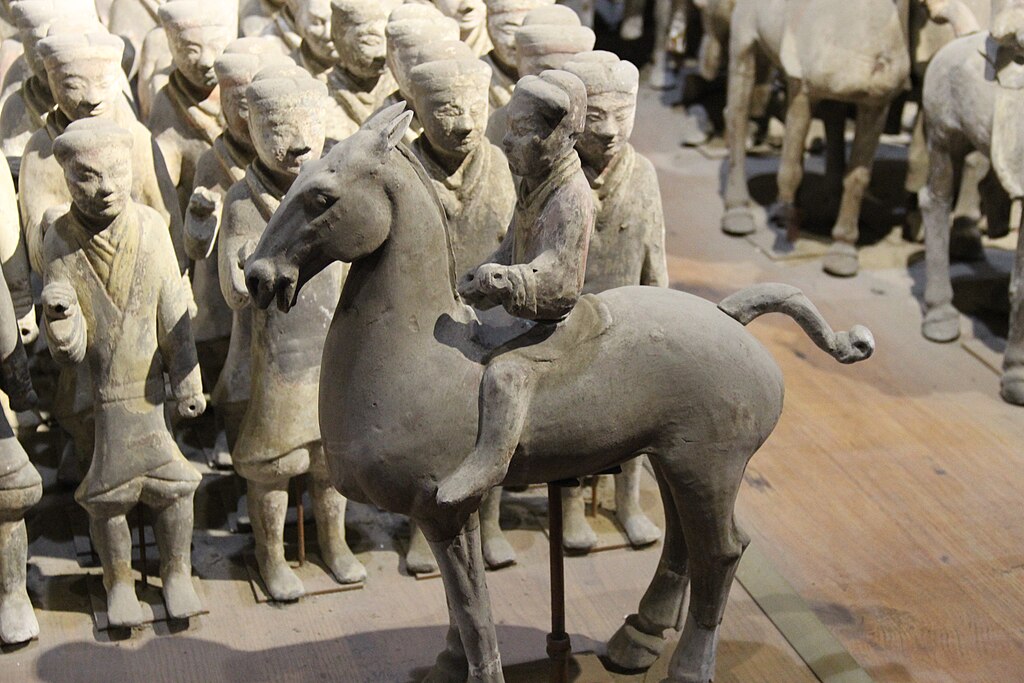 Gary Lee Todd, PhD, Wikimedia Commons
Gary Lee Todd, PhD, Wikimedia Commons
Smaller Dimensions
The earthenware figures of Yiangjiawan are much smaller than the more famous Qin army figures, measuring between 50—70 centimeters. But what these figures lack in size they more than make up for in detail. Many of the soldiers wear black armor and carry weapons like swords or arrows. The statues of warriors on horseback are particularly striking, with the horses depicted with reared back heads and flaring nostrils, as if eager to head into battle.
Stunning Variety
The thousands of figures in the Yiangjiawan army are meant to accurately represent a Chinese army of its time, and in this respect there is a great deal of variety reflecting the various roles and ranks of the people. There are team leaders, music soldiers, halberd carriers, and spearmen. Their garments, facial expressions, physique, gestures, and posture all vary as a human army would.
Color And Fine Detail
The clothing of the warriors is also presented with great variety and attention to detail with many different colors. Clothing reflects the type of armor carried by the soldiers; the footwear of the figures is also highly varied but consistent with soldier rank. Cavalrymen are depicted wearing kneepads and riding boots.
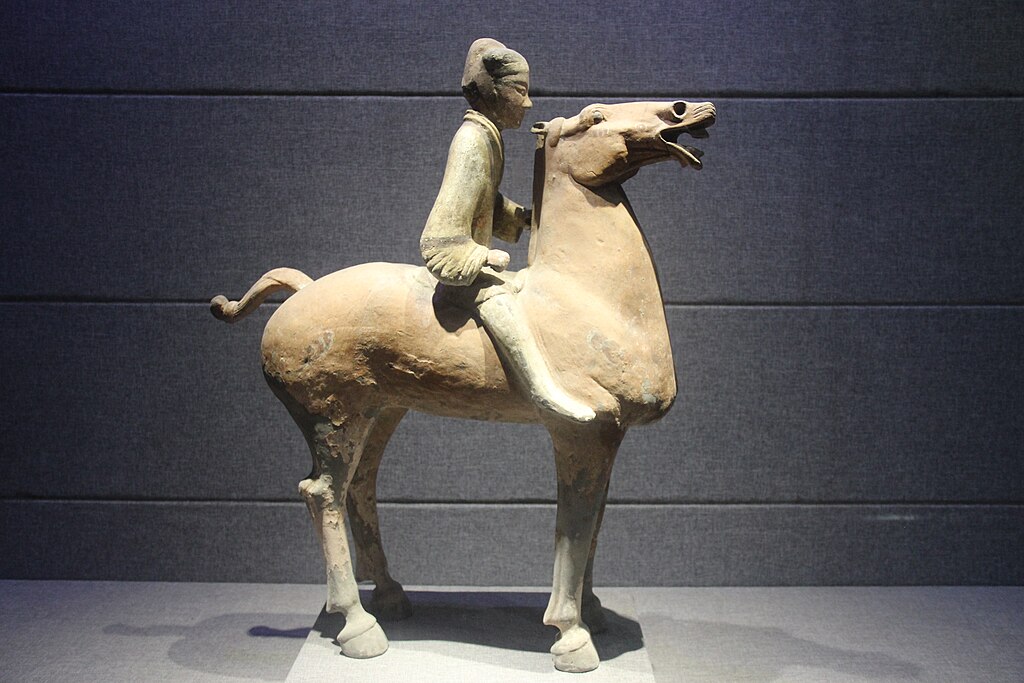 Gary Lee Todd, PhD, Wikimedia Commons
Gary Lee Todd, PhD, Wikimedia Commons
Origin Of The Yiangjiawan Figures
The Yiangjiawan terracotta army is believed to be part of the mausoleum of a high-ranking general who lived during the reign of the first Han dynasty emperor Gaozu. Gaozu succeeded the emperor Qin Shi Huang after a power struggle and ruled from 202–195 BC when he was wounded in battle. Though he never recovered from his injuries, Gaozu’s reign started the powerful Han period in China that would last into the third century AD.
Creation Of The Figurines
Artists created the terracotta figurines using a patient process of molding, tracing patterns, firing, and then painting. The finer features such as eyebrows, facial hair, facial expressions, clothing patterns etc, were all drawn on with pen and paint.
The Yiangjiawan Army Today
The Yiangjiawan army is currently arranged and on display at the Xianyang Museum in Shaanxi province in central China. The city of Xianyang is only a few kilometers from the city of Xi’an and thus is perfect for visiting and comparing the different terracotta armies. While it’s hard to compete with the magnificence of the Qin discovery, the Yiangjiawan terracotta army offers a well-preserved and different perspective of its own on an incredible period of Chinese history.
You May Also Like:
The Cryptic Koguryo Tombs Of North Korea
Wild Historical Artifacts Found On Construction Sites


